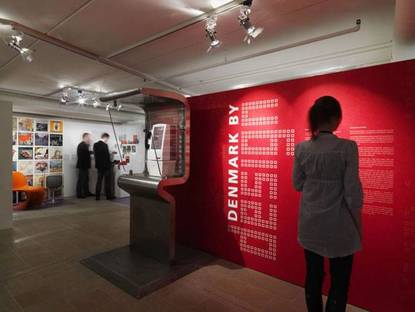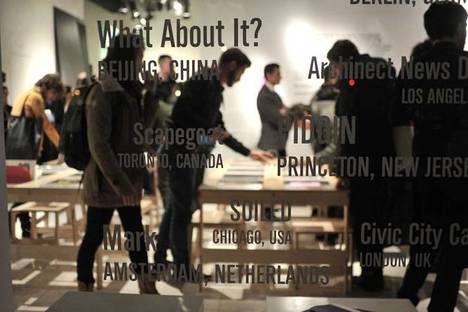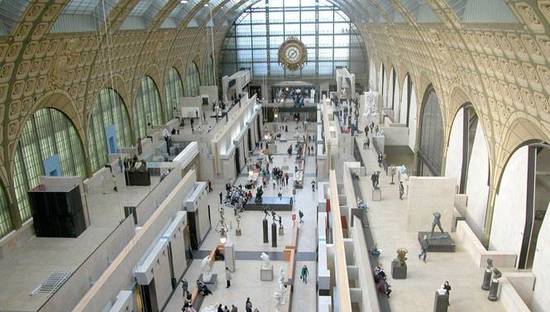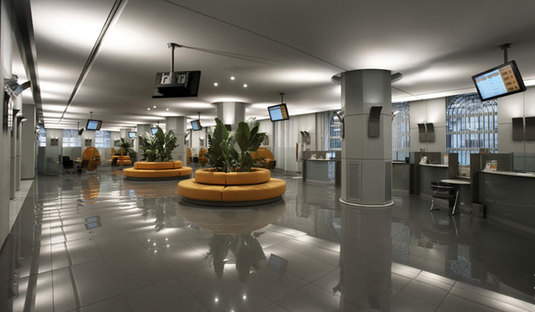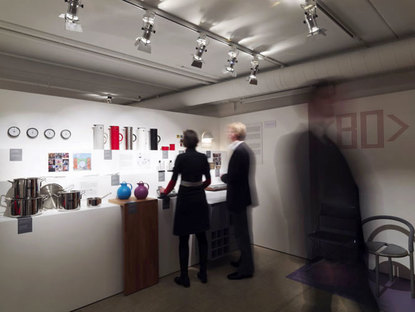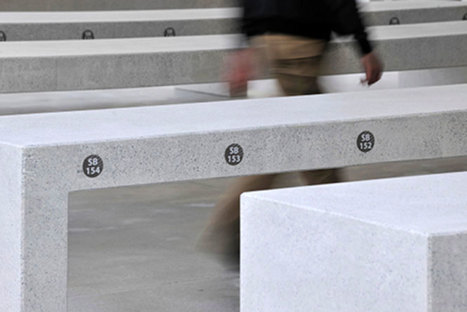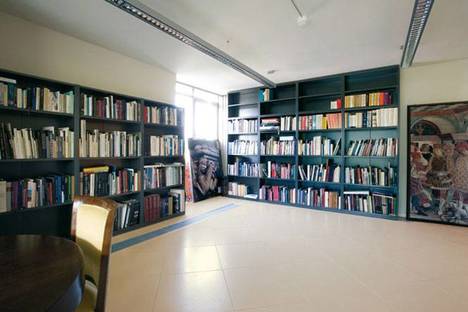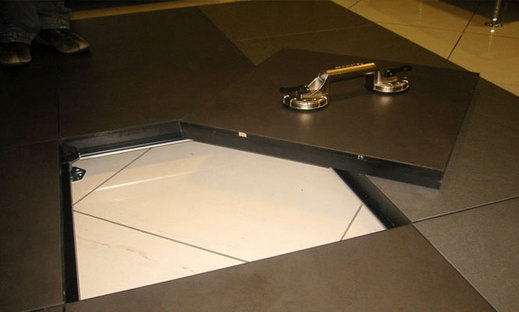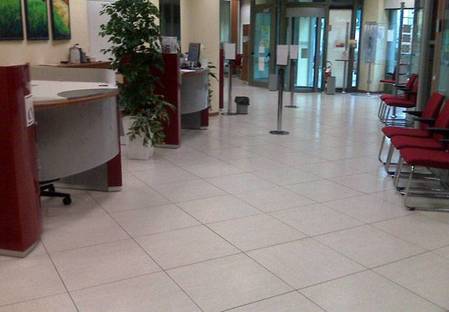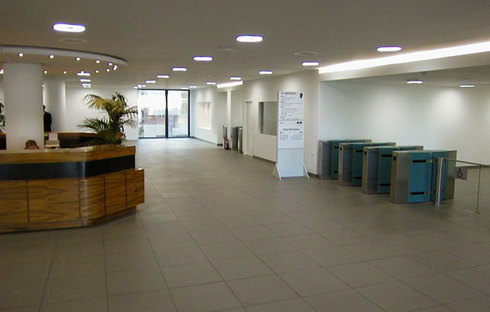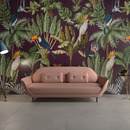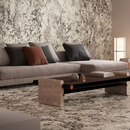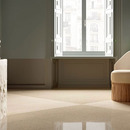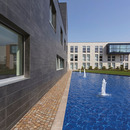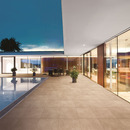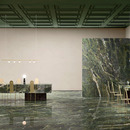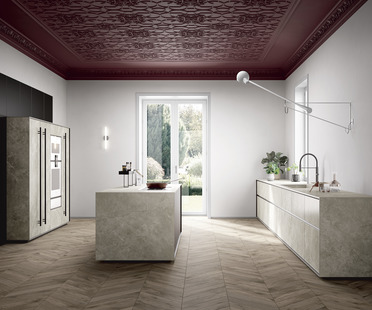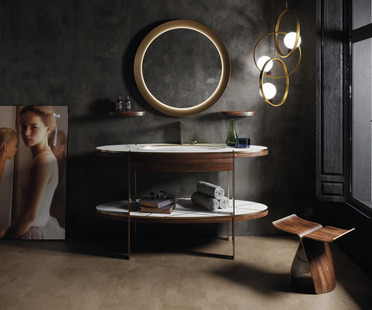12-07-2012
Floating floors: freedom of design
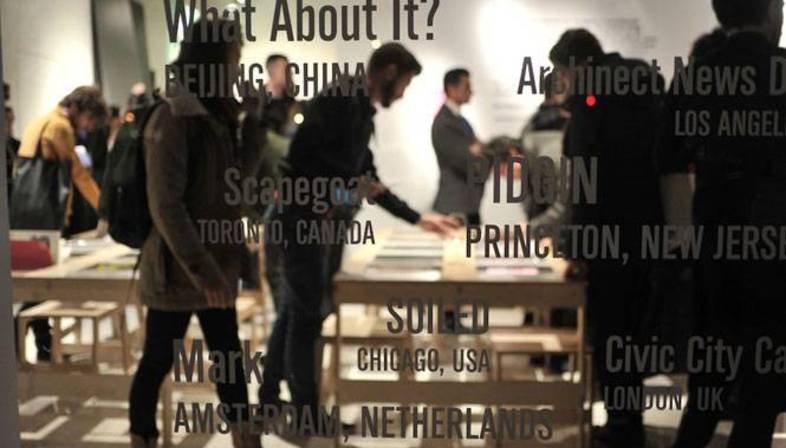










One of the most interesting challenges for designers is how to organise the available space, guiding and facilitating movement in places where people move about a lot (open spaces, shops, showrooms, offices, points of sale) while at the same time ensuring the utmost freedom accessing goods and services.
Whether in a small space or in a place frequented by large numbers of people, the designer’s vision must anticipate and permit the performance of the ritual acted out by the customer, which varies depending on his or her own personal modes and timing.
The experience of using a showroom is not in fact passive acceptance of an exhibition of objects and spaces chosen by others, but takes the form of a personal space, a place in which every individual has his or her own “intimate” relationship with the goods on exhibit and the services required.
The relationship consists of a sequence of sensorial and therefore emotional actions, including observation, assessment, contact, time management and relations with the staff.
Disciplines such as visual marketing, the sociology of consumption and proxemics have demonstrated in case studies that every aspect is thus seen as an extension of personal identity, contributing to the formation of overall perceptions.
Granitech floating floors ensure that the designer enjoys this freedom of movement: the technical compartment under the floor optimises use of space (through which connections and wiring flow) and resources, in that if there is any maintenance work it is performed quickly and practically thanks to the possibility of accessing individual panels.
At the same time, the practicality of this flooring system does away with all interference and potential obstacles that could either intentionally or unintentionally get between the object and the visitor to guarantee a totalising experience.
Marco Privato
Captions
01_Denmark by design, exhibition at the Danish Design Centre, Copenhagen (Denmark). Courtesy of Danish Design Centre
02_ARCHIZINES (Milan, 2012), exhibition/research project for avant-garde architectural publications.
03_Musée d'Orsay, Paris. Author: Photo: Y. J. Chen - Ministère des Affaires Étrangères
04_Unicredit bank branch, Milan. Floating floor. Products: Pietra di Bedonia. Panel supplier: GranitiFiandre. Photo: Miro Zagnoli
05_Denmark by design, exhibition at the Danish Design Centre, Copenhagen (Danimarca). Courtesy of Danish Design Centre
06_Design: Arhitektura Krušec (Lena Krušec, Tomaz Krušec, Vid Kurincic). Celje, Slovenia. Photo: Miran Kambic
07_Franco Cosimo Panini Editore, Modena. Floating floor. Product: Desert. Panel supplier: GranitiFiandre
08_Detail of flooring panel. Use of a special suction cup makes it easy to inspect individual floor panels.
09_Cassa di Risparmio Asti bank branch. Floating floor. Products: Travertino bianco perlato (Pearly white travertine). Panel supplier: GranitiFiandre
10_Siemens Espana Headquarter, Madrid. Products: Pietra Serena, Crema Marfil Select. Panel supplier: GranitiFiandre










